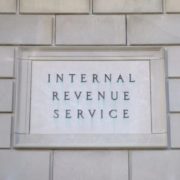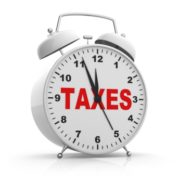News on Good Faith Loans, PPP Audits & Other Questions
Good news for PPP loan recipients(05-14-20)
The Treasury Department has announced the following news regarding the Paycheck Protection Program (PPP):
- A new “current economic uncertainty” safe harbor applies for PPP loans of less than $2 million. These loan recipients will automatically be deemed to have made the required certification concerning the necessity of the loan request in good faith (FAQ #46);
- For loans of $2 million or more, the deadline to return PPP loans to avoid an audit concerning the good faith certification has been extended from May 14, 2020, to May 18, 2020. If a borrower returns the funds by May 18, the Treasury will not pursue administrative enforcement or make referrals to other agencies (FAQ #47);
- The Treasury also won’t pursue administrative enforcement or make referrals to other agencies against a borrower with a loan of $2 million or more who didn’t repay the loan by May 18, if the borrower returns the loan after notification by the SBA that it found on audit that the borrower lacked an adequate basis for required certification concerning the necessity of the loan request (FAQ #47);
- All borrowers who return PPP funds by May 18, 2020, are eligible to claim an Employee Retention Credit (FAQ #45);
- Partnerships and seasonal employers may be eligible for increased loan amounts resulting from changes in the rules as to how their loans were originally calculated. Lenders may automatically request the SBA increase the loan amount for:
- Partnerships that received a loan based on payroll costs that did not include compensation paid to partners in their payroll costs. An interim final rule issued on April 14, 2020, now allows self-employment income of general active partners as allowed under the interim final rule posted on April 14, 2020; and
- Seasonal employers who received a loan based on payroll costs for one of the lookback periods specified in the CARES Act (the 12-week period beginning February 15, 2019, or March 1, 2019, to June 30, 2019) rather than the alternative lookback period adopted by the Treasury Department. Under the alternative rule, seasonal employers may use any consecutive 12-week period between May 1, 2019, and September 15, 2019.
No increased loan amount is available if the lender has already listed the loan on Form SBA 1502 filed with the SBA.
Partnerships and seasonal employers who might be eligible for these increased loan amounts should contact their lenders immediately to ensure they are applying for these increased loan amounts.
The Treasury Department FAQs are available at:
The interim final rule allowing for increased loans for partnerships and seasonal employers is available at:
https://home.treasury.gov/system/files/136/Interim-Final-Rule-on-Loan-Increases.pdf
Feel free to reach out to discuss this article further or if you have other questions for you or your business. (949) 877-3143 (local) or (800)425-0570 (toll-free) email info@mrarrachecpa.com







